How to Sell Food on Amazon
We are finally back to the future. With the rise of companies such as Ocado, Abel & Cole and American Food Mart, we are seeing a shift in consumer behaviour towards online grocery shopping. Shopping for groceries online has become increasingly popular in the UK, with 7% of all grocery shopping being done online. In fact, that's more than the combined total for Spain, the Netherlands, and the Czech Republic. Grocery eCommerce is a major business in the UK. However, the grocery category is one of the most overlooked categories on Amazon UK in terms of value. Amazon can be a great way to start your journey as an online retailer. This guide will help you learn how to sell food on Amazon so you can tap into this lucrative market.
Sell Groceries on Amazon
In order to sell in the Grocery & Gourmet Food category, you'll need to submit more information and documents as it is restricted for new sellers at first. You may, however, get automatic approval if your account has been active for a long time and you have excellent metrics and a selling history. See more here, to understand how to get approved.
Some of the product requirements that UK sellers need to meet include:
- Food needs to be correctly packaged, labelled, and delivered. You can access details on the EU regulation on the provision of food information to consumers here.
- Labels should be in the same language as the website and comply with all labelling regulations.
- Expiry dates cannot be covered by labels and should be readable on the box.
- To sell organic products, you must carry a valid, in-date organic certification in accordance with EU directive 834/2007.
- Prohibited food items cannot be sold on Amazon UK – you can find the full list here.
All regulations can be found in this link.
Remember, you must comply with all applicable EU and UK laws and regulations in addition to Amazon's requirements.
What can I sell on amazon?
The question becomes ‘what can I not sell on Amazon?’ as you can pretty much sell any food on the platform, apart from the ones on this list. In order to sell food on Amazon, it must be packaged and labelled correctly and correctly delivered. The food listings must comply with EU regulations with respect to legal ingredients (within legal limits for quantities and concentrations) and contain adequate food details for consumers. In order to appear on Amazon UK, all food products must be labelled in English.
Become a grocery retailer on Amazon step-by-step
A step in the process is to sign up for the Professional Selling Plan and send Amazon any necessary paperwork (invoices and other documents). To become a good seller, you must master the core standards. An order defect rate of less than 1%, a pre-fulfilment cancellation rate of less than 2.5%, and a late shipment rate of less than 4% are considered a high level of quality.
Food requirements
For your food and beverage stock to become an unrestricted Amazon seller, you'll need to make sure that it meets all the platform's rules, as well as all EU and UK regulations. Ensure your products are safe, fit for purpose, and do not have any official regulatory bodies flagging them.
Packaging Requirements
Food sold on Amazon UK must also meet the criteria for packaging, as well as comply with UK laws. All food and drink items must be adequately packed and sealed to avoid spoilage, melting, or damage during transit. Additionally, any packaging on Amazon UK must include product information about the product (such as net weight, dietary information, and expiration dates).
As well as checking the packaging, your page must also make the packaging visible, so you should include images of each side of the package.
Expiry dates
Amazon sellers who plan to use FBA (Fulfilled by Amazon) need to have products with a shelf life of at least 105 days (counted from the date of arrival). Amazon will remove any units within 50 days of their expiration date.
In addition to the ‘use by’ dates, you must consider other factors that affect shelf life when selling on Amazon Grocery & Gourmet Food. For example, some food items are susceptible to temperature changes, known as 'meltable products'. During the product's shelf life, these must be able to bear temperatures of at least 10°C and at most 30°C without losing their quality.
We hope you have enjoyed this short guide on how to sell groceries on Amazon. You can find more resources here and here. To find out about how to choose your supplier(s) you can read this article.
-
Get in touch!
Phone: 01908 366633
Email: [email protected]
Instagram: www.instagram.com/worldfoodswholesale/
Facebook: www.facebook.com/worldfoodswholesale/

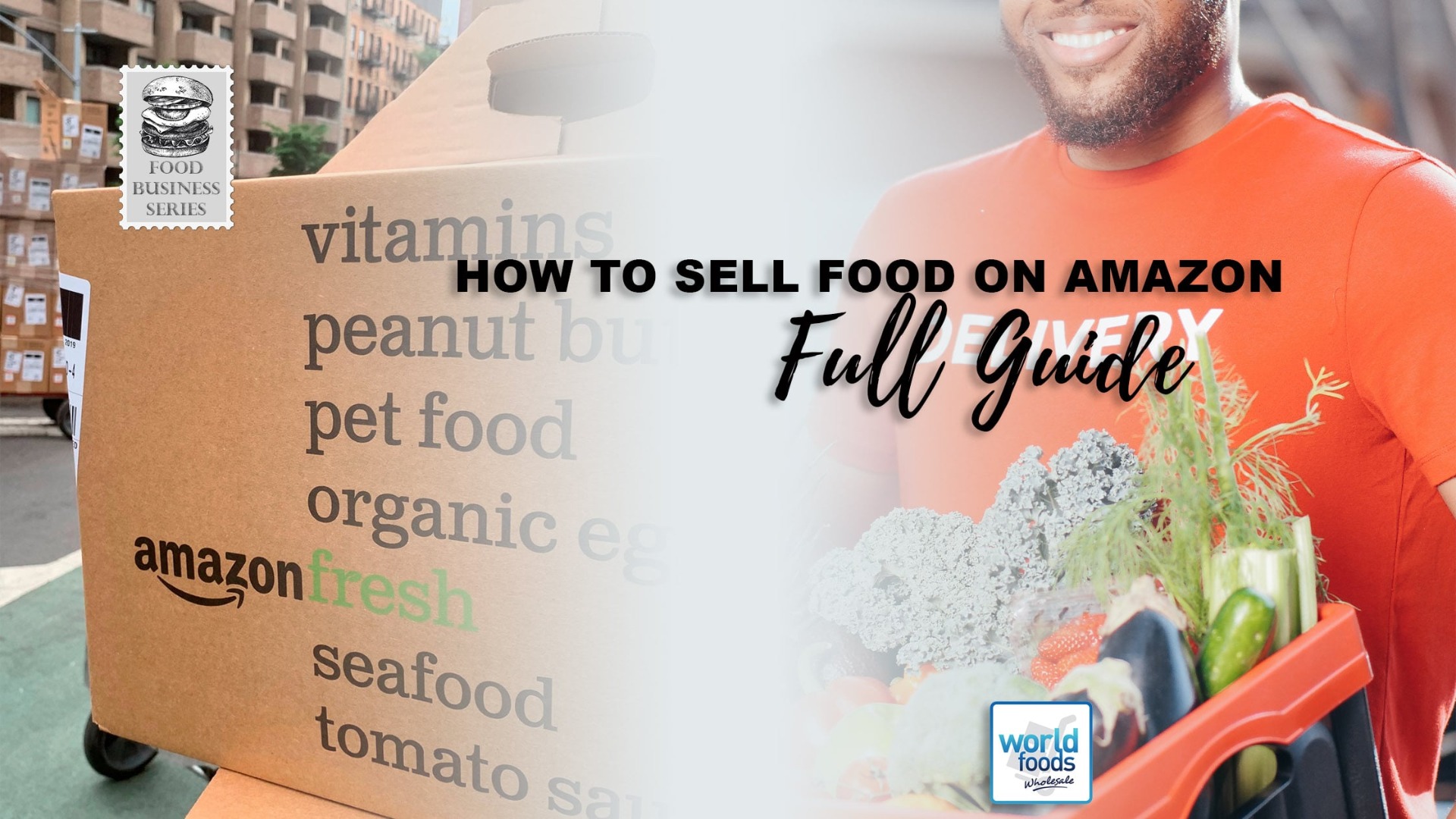
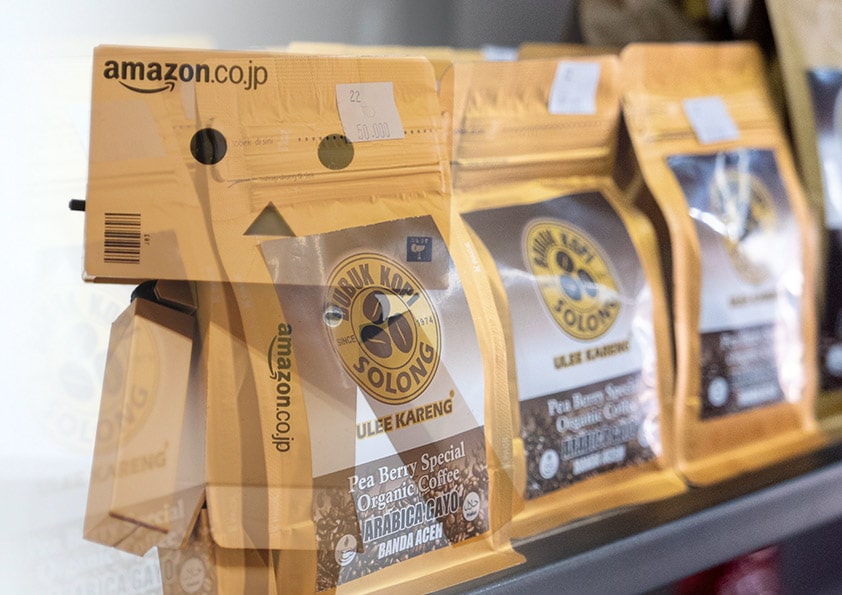
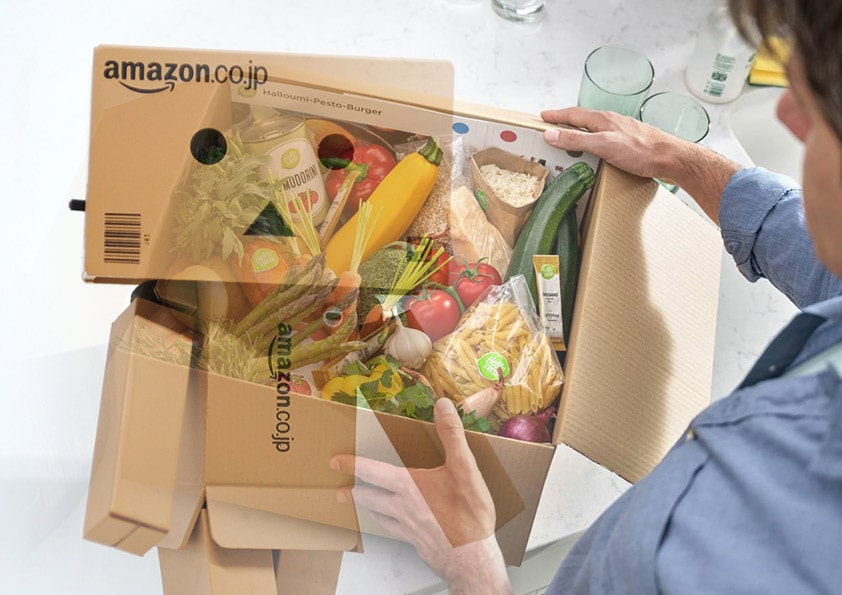
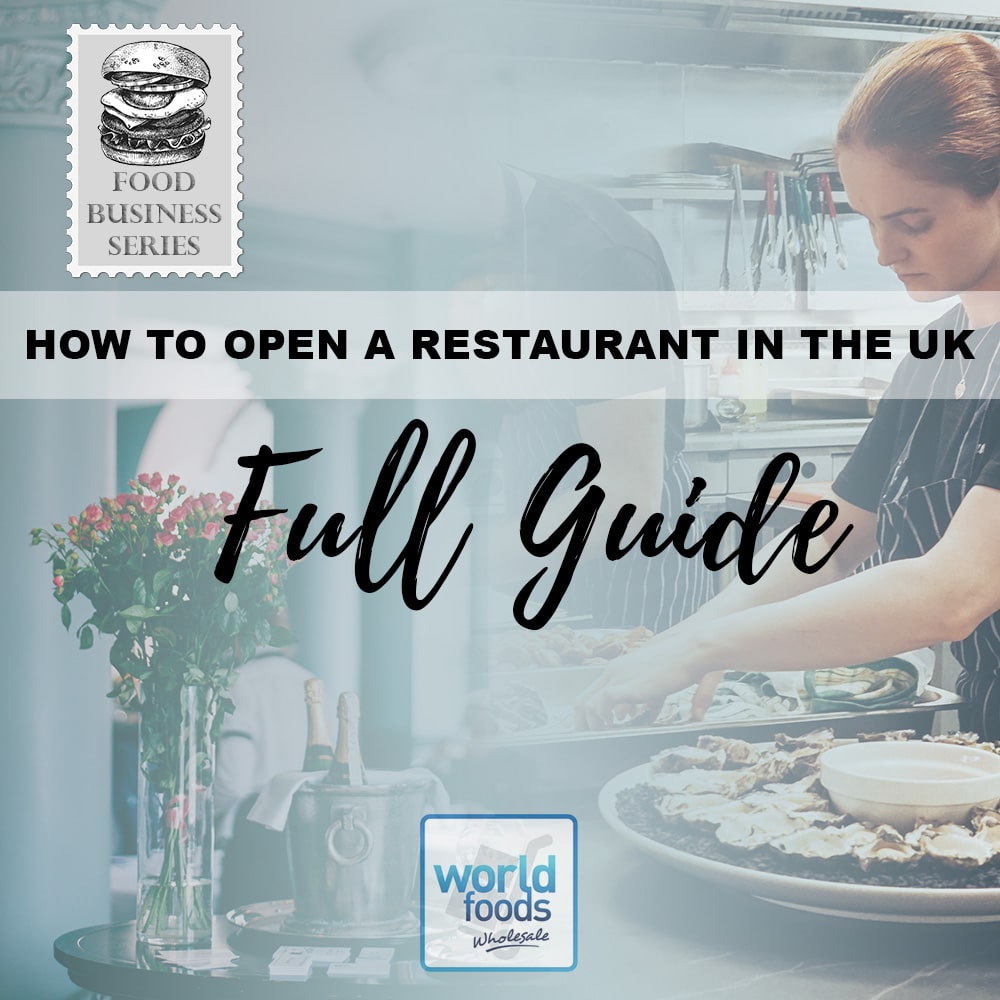
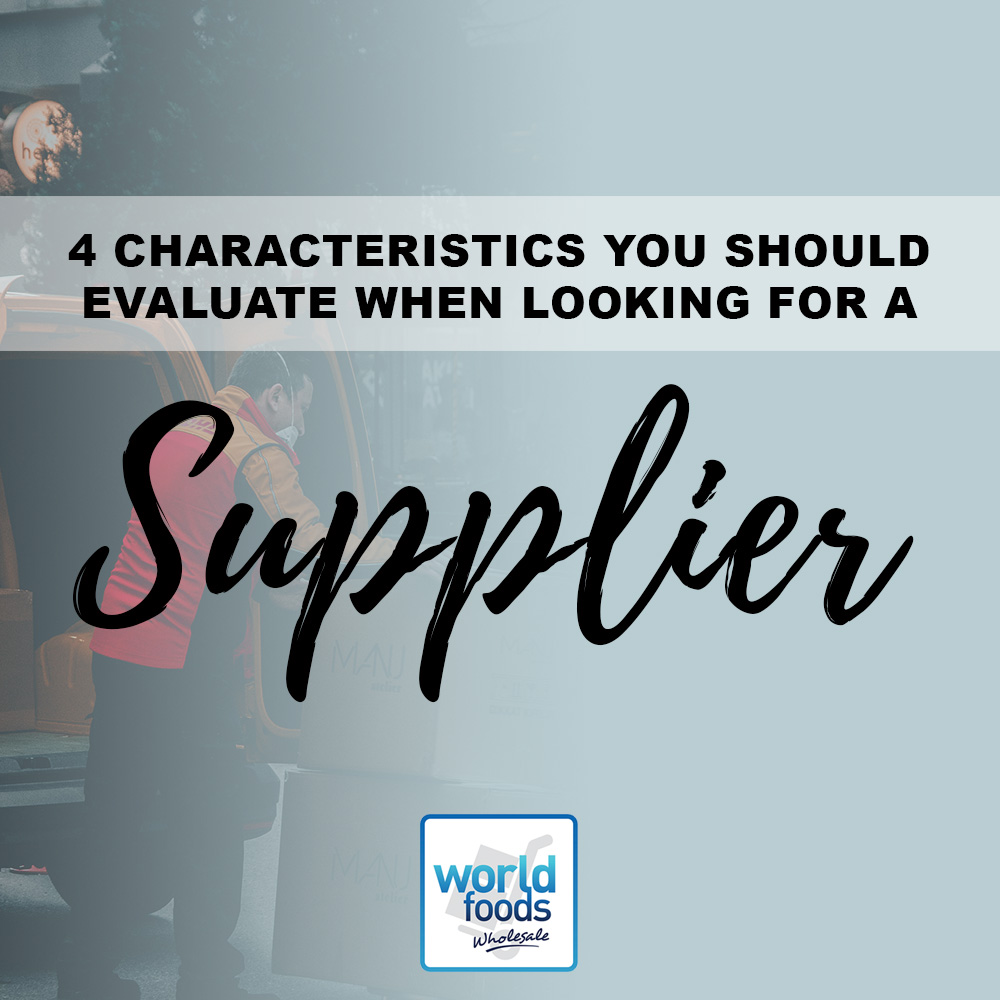
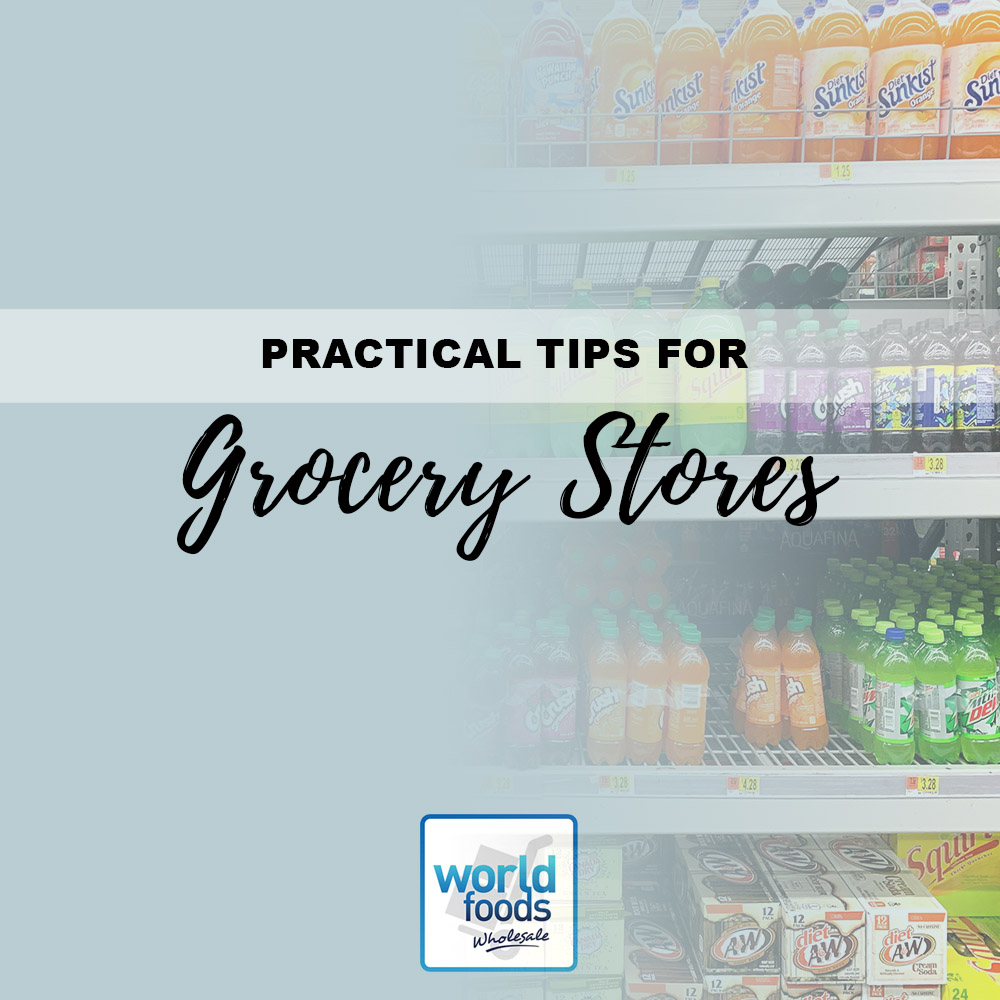
Comments
Leave A Reply
Your email address will not be published.